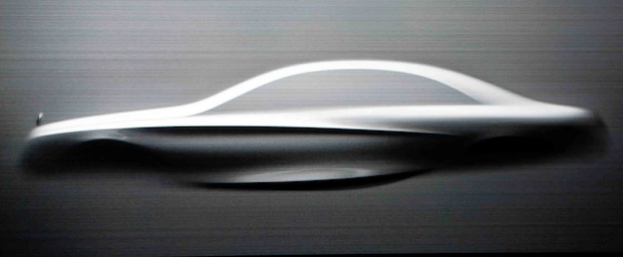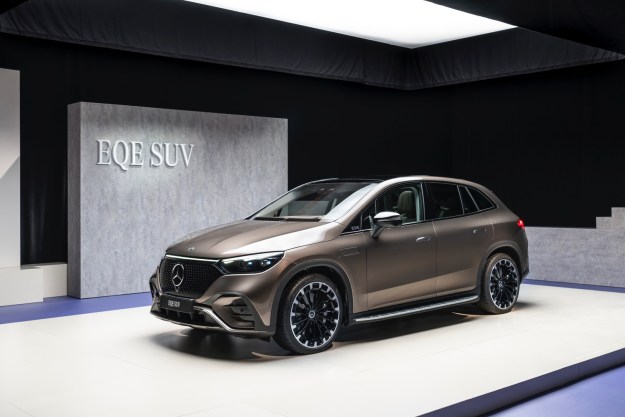
For several months now we’ve been learning little tidbits about the forthcoming 2014 Mercedes-Benz S-Class. Now we’ve learned the tentative unveil date and some drivetrain and tech details.
Mercedes plans to debut the all-new S-Class this May at an invite-only event, most likely in Germany. Production will begin in August on the base S-Class – if it’s even really fair to call any S-Class “base.” The S350 will then officially launch in September with the S550 4MATIC and the S63 AMG 4MATIC following in October and November respectively.
The S-Class will feature a new nine-speed automatic transmission, which is a derivative of the current seven-speed offering. The new nine-speed, which transmission manufacture ZF says is the physical limit for modern automatics, provides the S-Class with all-new levels of fuel efficiency and sportiness.
On the inside, S-Class customers will be greeted with levels of refinement and technology never before seen on the S-Class. Mercedes designers have developed a cabin air quality control system called “Air Balance Package” that filters, ionizes, and also perfumes air entering the S-Class cabin.
On the tech front, the S-Class will feature two 12.3-inch displays. One will be mounted in the center console, which will display the COMAND system, and one in place of the instrument cluster. According to WorldCarFans, an Audi MMI-like touch-pad system will be included in 2015 S-Classes.
Now that Daimler has done away with the Maybach brand, the S-Class has to step up and compete against the high-end luxury brands. To do this, Mercedes has designed a new suspension control system called “Magic Body Control.” This innovative system uses forward-facing cameras to watch for motorway imperfections and adjusts the suspension accordingly to limit passenger disturbance.
To distinguish the S-Class from its competition further, Mercedes plans to build a four-door convertible version of the S-Class, much like its 2007 Ocean Drive concept. To us, this means the S-Class is just about to lose a whole lot of its fuddy-duddy persona and become a lot more stylish.
When we know more – hopefully before May – we’ll be sure to bring it to you.
Editors' Recommendations
- Mercedes G580 electrifies an off-road icon
- Mercedes’ electric eSprinter isn’t just greener, it’s better
- 2024 Mercedes-AMG S63 E Performance first drive review: high-performance plug-in
- Mercedes-Benz EQE SUV first drive review: ’90s look, cutting-edge tech
- Mercedes is finally bringing an electric van to the U.S.


